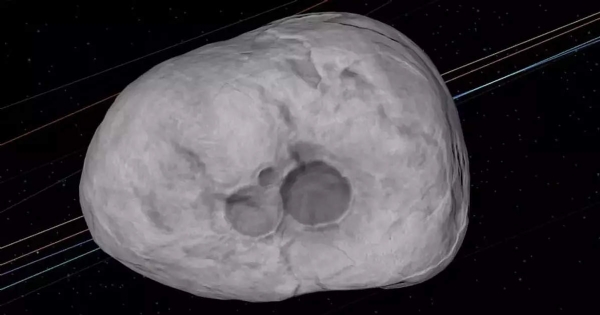Asteroid as big as Olympic-size swimming pool might collide with Earth in 2046
The asteroid, which has a 50-meter diameter, has been placed at the number one spot on the “Risk List” of the objects present in space that have more than zero probability of impacting the Earth by the agency.
Total Views |
An asteroid, which is estimated to be as big as an Olympic swimming pool, may crash into Earth on Valentine’s Day in 2046, which is 23 years from now, as predicted by NASA scientists. There is one in 625 chance that the asteroid, which has been named 2023 DW, may hit the Earth on February 14, 2046, the European Space Agency stated.
The asteroid, which has a 50-meter diameter, has been placed at the number one spot on the “Risk List” of the objects present in space that have more than zero probability of impacting the Earth by the agency.

2023 DW stands as the only asteroid present on the list which has a score of 1 on the Torino scale, which is used to measure the chances of the space object impacting the Earth. All other objects have 0 ratings.
Level 1 is indicative of the fact that the chances of an asteroid colliding with the earth are “extremely unlikely with no cause for public attention or public concern,” the Centre for Near Earth Object Studies stated.
“New telescopic observations very likely will lead to re-assignment to Level 0,” it added. Meanwhile, NASA, which has been tracking the asteroid 2023 DW, said that it has “a very small chance of impacting Earth in 2046.”
“Often when new objects are first discovered, it takes several weeks of data to reduce the uncertainties and adequately predict their orbits years into the future,” tweeted NASA Asteroid Watch.
Its movement will be continuously monitored by orbit analysts, the agency further stated. If the risk of 2023 DW impacting the Earth increases, NASA will bring its technology to use to protect the planet. NASA had earlier changed a small asteroid's orbit to redirect its trajectory as part of a mission called DART.
The researchers have also indicated that redirecting asteroids with such spacecraft collision “is a viable technique to potentially defend Earth if necessary”.
.
.

